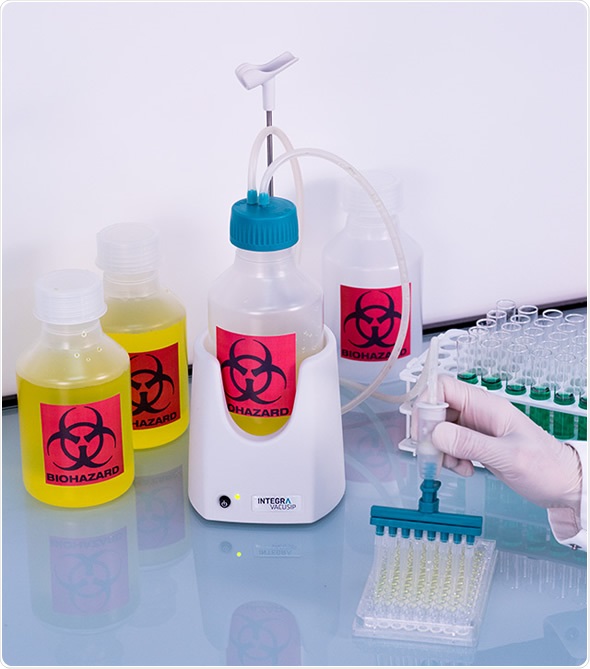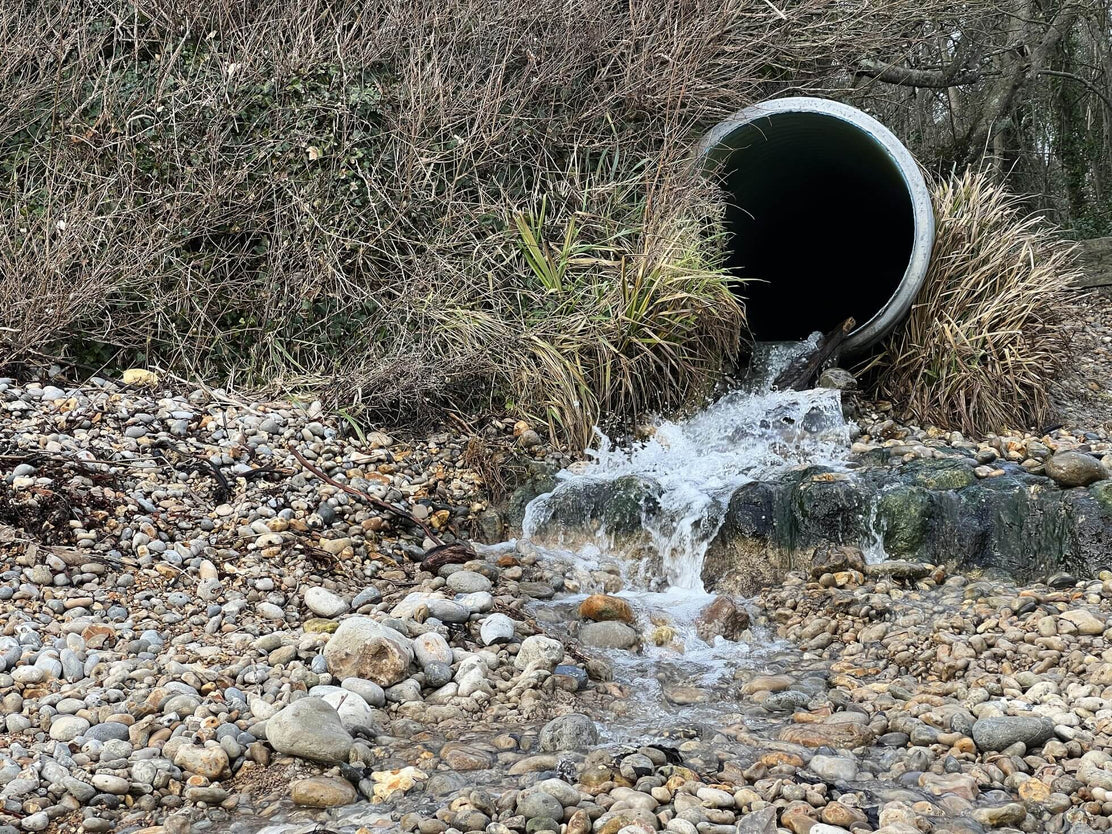Professional Liquid Waste Removal Melbourne: Fast and Budget Friendly Providers
Professional Liquid Waste Removal Melbourne: Fast and Budget Friendly Providers
Blog Article
Just How Fluid Garbage Disposal Works: A Thorough Review of Strategies and Technologies Used

Review of Liquid Waste Types
The complexity of fluid waste kinds demands a thorough understanding of their qualities and implications for disposal. Liquid waste can broadly be classified right into a number of types, including industrial, municipal, farming, and dangerous waste. Each classification exhibits distinct residential or commercial properties, requiring specific monitoring approaches to alleviate environmental and health risks.
Industrial fluid waste originates from manufacturing procedures and usually consists of a series of contaminants, such as hefty steels, solvents, and organic compounds. Metropolitan liquid waste, mainly comprising wastewater from houses and business establishments, includes raw material, nutrients, and microorganisms (industrial wastewater treatment). Agricultural liquid waste, consisting of overflow from farms, may contain fertilizers, chemicals, and animal waste, posing threats to water quality and ecosystems
Unsafe liquid waste is identified by its poisoning, reactivity, or prospective to cause injury. This group includes materials like acids, bases, and specific chemicals that demand strict handling and disposal methods. Recognizing these diverse fluid waste types is critical for establishing reliable disposal methods and making certain compliance with ecological regulations. Appropriate category and characterization are vital for applying suitable therapy strategies and reducing the negative effect on public health and wellness and the setting.
Physical Therapy Approaches

Testing is the first step, where larger fragments and debris are removed from the fluid waste utilizing screens or grates. In sedimentation tanks, larger bits settle at the base, developing a sludge layer, while the clarified fluid can be more dealt with.
Filtering is another crucial technique that involves passing the fluid through permeable materials, such as sand or membrane layers, to record smaller fragments. This step enhances the top quality of the liquid, making it ideal for subsequent therapy processes.

Chemical Treatment Strategies
Chemical treatment techniques are necessary for efficiently taking care of liquid waste, specifically in dealing with liquified and colloidal contaminants that physical approaches may not adequately eliminate. These techniques use various chemical representatives to neutralize, speed up, or transform harmful substances right into much less damaging types.
One typical approach is coagulation and flocculation, where chemicals such as alum or ferric chloride are added to advertise the gathering of suspended bits. This procedure boosts sedimentation, enabling less complicated elimination of the resulting sludge. In addition, oxidation procedures, using agents like his comment is here chlorine or ozone, are employed to break down intricate organic compounds and pathogens, making the waste safer for discharge or further treatment.
Neutralization is one more critical technique, which changes the pH of acidic or alkaline waste streams to neutral levels, protecting against possible harm to downstream systems and the environment. Additionally, progressed oxidation procedures (AOPs) make use of mixes of oxidants and ultraviolet light to weaken persistent pollutants, achieving a higher level of treatment efficiency.
Biological Treatment Processes
Biological treatment processes play an this link important function in the administration of liquid waste by using bacteria to disintegrate raw material and decrease pollutant levels. These processes can be broadly categorized right into cardio and anaerobic therapies, each using details microbial areas to attain efficient waste deterioration.
Cardiovascular treatment involves using look at this website oxygen to promote the malfunction of natural materials by germs. This process is typically implemented in activated sludge systems, where oygenation storage tanks offer a conducive setting for microbial development, resulting in the oxidation of organic toxins. The resultant biomass can be divided from treated effluent via sedimentation.
On the other hand, anaerobic treatment takes place in the lack of oxygen, relying upon various microorganisms to damage down organic issue. This technique is particularly useful for high-strength waste, as it produces biogas, a renewable power source, while lowering sludge production. Technologies such as anaerobic digesters are frequently utilized in community and industrial applications.
Both anaerobic and cardio biological therapies not only decrease the environmental influence of liquid waste yet likewise facilitate resource recuperation, making them necessary components of lasting waste management methods. Their performance, effectiveness, and versatility support their prevalent implementation across different fields.
Emerging Technologies in Disposal
Ingenious strategies to fluid waste disposal are quickly advancing, driven by advancements in innovation and a raising focus on sustainability. Among these emerging innovations, membrane bioreactors (MBRs) have actually obtained grip for their capacity to combine biological treatment with membrane layer filtering, causing high-quality effluent that can be reused in various applications. MBRs allow smaller sized impacts and a lot more reliable procedures contrasted to typical systems.
Another promising development is using anaerobic digestion combined with nutrient recovery technologies, which not only treats liquid waste but also creates biogas and recoups beneficial nutrients like nitrogen and phosphorus. This dual advantage boosts source performance and lowers environmental effect.
In addition, progressed oxidation processes (AOPs) are being embraced for the degradation of complex natural contaminants. These approaches make use of effective oxidants and stimulants to break down contaminants at the molecular level, supplying a very efficient service for challenging waste streams.
Moreover, the assimilation of expert system and artificial intelligence in waste monitoring systems is enhancing operational performance and predictive maintenance, bring about decreased costs and boosted environmental compliance. These modern technologies show a significant change towards even more efficient and sustainable fluid waste disposal techniques.
Final Thought
In verdict, effective liquid waste disposal requires a thorough understanding of various methods and modern technologies. By continually advancing these approaches, it ends up being feasible to resolve the growing challenges connected with fluid waste, inevitably adding to ecological defense and resource recovery.
Liquid waste disposal is an important aspect of environmental administration, needing a thorough understanding of numerous strategies and modern technologies customized to various waste types. Liquid waste can extensively be categorized into a number of types, including industrial, community, agricultural, and dangerous waste. Agricultural liquid waste, including runoff from farms, may contain fertilizers, chemicals, and pet waste, posturing threats to water top quality and ecological communities.
Numerous physical therapy approaches play an important function in handling liquid waste efficiently - industrial wastewater treatment.In conclusion, reliable fluid waste disposal requires an extensive understanding of different techniques and technologies
Report this page